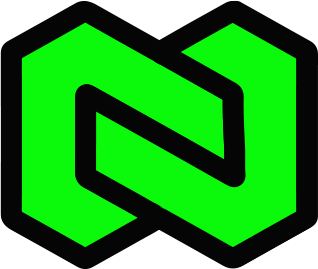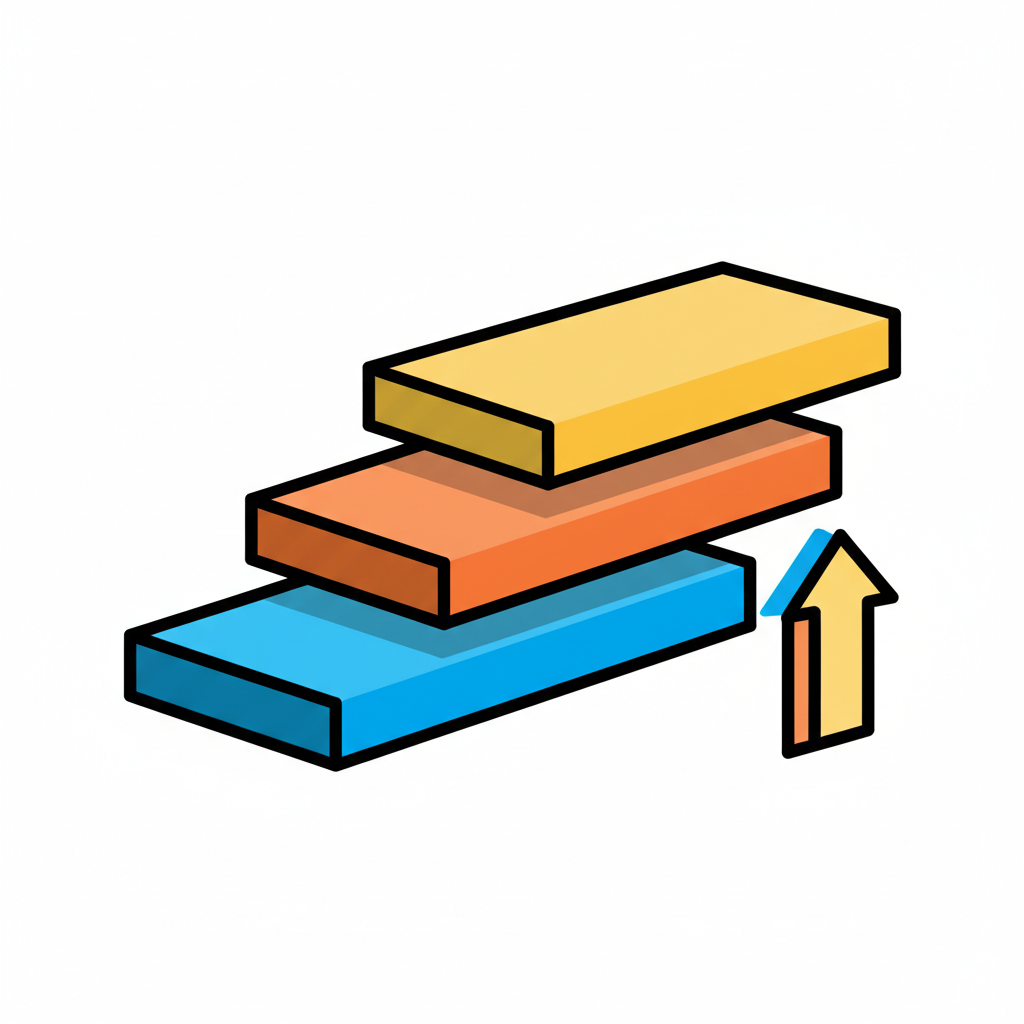Growth stretches leadership thin. Bets multiply. Handoffs pile up.
And the drag shows up fast: decisions that take too long, priorities that drift, fire-drill prep, meetings that multiply without outcomes
You start to feel the cost of coordination more than the cost of capital. That drag doesn’t mean your leaders are weak. It means you’re missing an operating system
The ExecOps Maturity ladder shows you where you are today and what to fix next. It’s not theory. It’s a progression: from heroics, to discipline, to leverage, to professionalization, to strategic advantage.
Here’s how to use it:
Spot yourself. Each level gives you a snapshot of what it looks like in the room.
Name the pain. The signals are obvious once you know where to look.
Pick the move. One or two shifts that pass the Tuesday Test, things you can actually ship.
Climb one rung. Don’t boil the ocean. Move from where you are to the next level.
As you climb, the pattern shifts:
From no rhythm to a visible leadership groove.
From gut calls and politics to clean KPIs, decision logs, and trusted forums.
From silos to cross-functional flow with real ownership.
From executives as bottlenecks to executives as multipliers.
From manual strain to a system that flexes with scale and signals maturity to boards and investors.
Each level below follows one simple structure: Description. Pain. Opportunity. Position.
Find yourself, name the drag, pick the next move, and build momentum.
ExOps Maturity Model

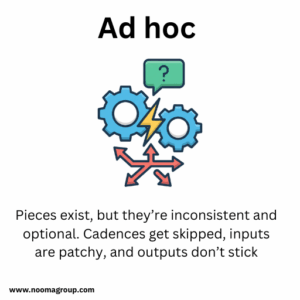
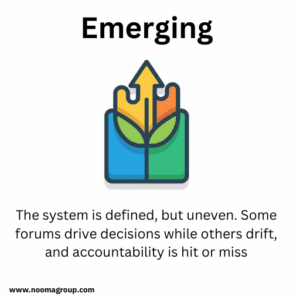
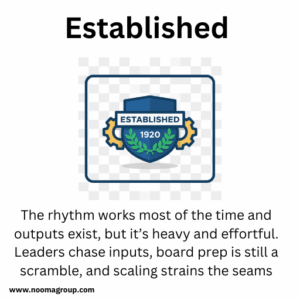
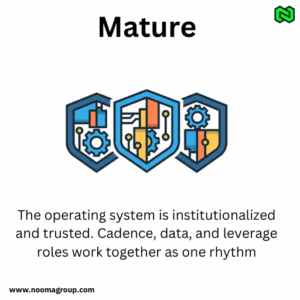
Want to understand where your organization is? Click the button below to take the assessment!
Nonexistent
What it is
This is the ground floor. There’s no operating system for leadership, just muscle and memory. Meetings get called in reaction to fires, priorities shift week to week, and decisions fade as soon as the call ends
The drag is obvious. Leaders spend their time chasing alignment instead of creating it. Forums feel like fire drills. Teams leave without clarity on what was decided or who owns the follow-up. Execution runs on personality, not process.


Whats the move
The move here is to pour a foundation. A weekly review. A basic KPI sheet. A simple decision log. Nothing fancy, just enough structure to create stability and trust. Once the basics are in place, leadership shifts from reacting to directing, from scattered effort to a predictable groove.
Risks of staying here
Stay at this level and leadership energy gets consumed by firefighting instead of progress. Strategy execution slows down or stalls altogether because decisions don’t stick. Over time, board and investor confidence erodes as the company looks reactive instead of directed.
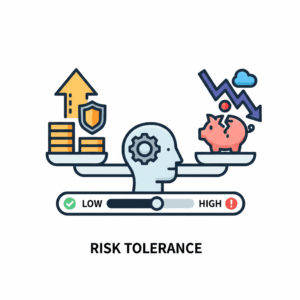

Connection to the bigger framework
This stage is the floor and you can’t skip it. Without a baseline rhythm and visible outputs, there’s nowhere for dashboards, playbooks, or leverage roles to land. Build the floor first, it’s what makes every higher level of ExecOps possible
Time horizon to level up
Moving up from here doesn’t take years. With focus and discipline, most teams can stand up a cadence, a KPI sheet, and a decision log in 30–60 days. That’s enough to move from pure chaos into a visible rhythm

Your leadership team already has a level. The question is whether you know it, and whether you know what it takes to move up
The ExecOps Maturity Assessment shows you exactly where you stand today and the next moves to build speed, alignment, and leverage. Take the assessment, learn your level, and get a clear path to the next rung.
Ad Hoc
At this stage, some pieces exist but they are fragile. A cadence might be on the calendar, but it gets skipped. A dashboard exists, but it is patchy and mistrusted. A decision log was started, then abandoned. The system is visible on paper, but invisible in practice.
The drag is familiar. Leaders do not trust the forums, so big issues get handled offline. Meetings drift into status updates instead of decisions. Priorities get set but do not cascade. Decisions made in the room evaporate once people walk out the door.
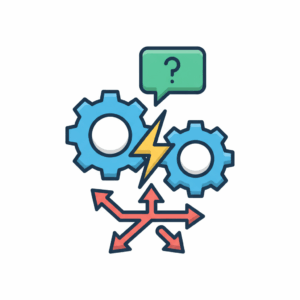
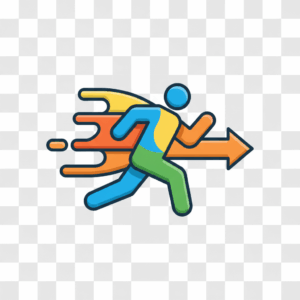
What’s the move
The move here is discipline. Standardize the cadence. Publish a forward calendar and protect it. Set rules for attendance and prep. Tie every forum to visible inputs and outputs. Make the rhythm non-negotiable so leadership has a backbone it can rely on.
Risks of staying here
Stay here and you build muscle memory for mediocrity. Leaders waste time in meetings that do not produce outcomes. Decisions slip through the cracks, priorities drift, and the cadence turns into noise instead of clarity.


Time horizon to level up
With focus, most teams can move from Ad hoc to Emerging in 60–90 days. It takes consistency, not complexity. Enforce attendance, log every decision, and keep the rhythm alive long enough for it to stick
Connection to the bigger framework
This rung is the step from optional to disciplined. Until cadence and outputs are standardized, you cannot layer in higher-order moves like escalation paths, artifact libraries, or leverage roles. Discipline at this stage is what unlocks consistency later.

Take the assessment
Your leadership team already has a level. The question is whether you know it, and whether you know what it takes to move up
The ExecOps Maturity Assessment shows you exactly where you stand today and the next moves to build speed, alignment, and leverage. Take the assessment, learn your level, and get a clear path to the next rung.
Emerging
At this stage the system exists, but it is uneven. Cadence is on the calendar, dashboards are live, and a decision log might be running, but performance is patchy. Some forums end in crisp decisions, others drift. Some metrics are trusted, others trigger the same debate every cycle. Accountability sticks in pockets but slips everywhere else.
The drag is inconsistency. Leaders argue definitions instead of moving work forward. Escalations bounce around without clarity. Cross-functional priorities lose momentum because alignment does not hold across teams.

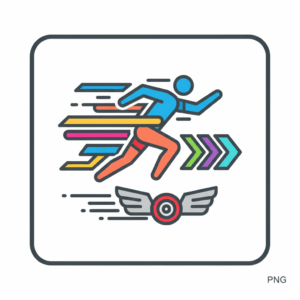
What’s the move
The move here is consistency. Lock decision-first agendas so meetings cannot slide back into status updates. Standardize artifacts like briefs and dashboards so inputs always look the same. Enforce escalation thresholds so issues land in the right forum. Build the muscle until it fires every time, not just when the strongest leader is in the room.
Risks of staying here
Stay here and the operating system becomes a credibility problem. If half the meetings drive action and half waste time, leaders stop trusting the system. Priorities drift, initiatives stall, and fire drills creep back into the rhythm.
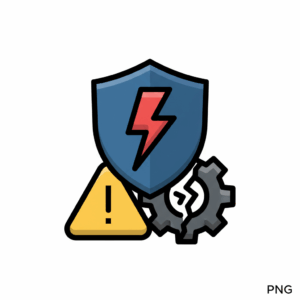

Time horizon to level up
With discipline, most teams can move from Emerging to Established in three to six months. The lift is not complexity, it is habit — the system has to run cleanly across the full leadership team
Connection to the bigger framework
This rung is the step from definition to performance. Until the rhythm runs the same way every time, you cannot scale to professionalization. Emerging is about proving the system works as a system, not just as isolated wins

Take the assessment
Your leadership team already has a level. The question is whether you know it, and whether you know what it takes to move up
The ExecOps Maturity Assessment shows you exactly where you stand today and the next moves to build speed, alignment, and leverage. Take the assessment, learn your level, and get a clear path to the next rung.
Established
At this stage the system holds together. Cadence runs on schedule, dashboards are live, and decisions get logged. Forums mostly deliver. But it feels manual and effortful. Leaders chase inputs before every meeting. Board prep still drags everyone into late nights. Growth adds weight the system can’t carry cleanly.
The drag is effort. The operating system is working, but leaders are the engine. Too much energy goes into feeding the process instead of the process freeing leadership to focus.
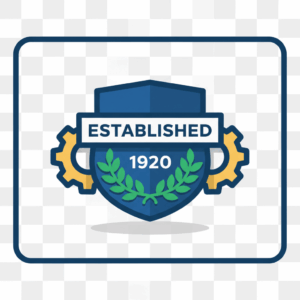

What’s the move
The move here is professionalization. Stock an artifact library so every deck, memo, and dashboard comes off the shelf. Tie cadence directly to capital allocation so resource calls happen inside the rhythm. Put leverage roles like Chiefs of Staff or BizOps in place to filter, prep, and track. The goal is to shift from executives carrying the system to the system carrying executives.
Risks of staying here
Stay here and leadership burn becomes the norm. The cadence runs, but it drains. Board prep stays a fire drill. Growth compounds effort instead of creating leverage.

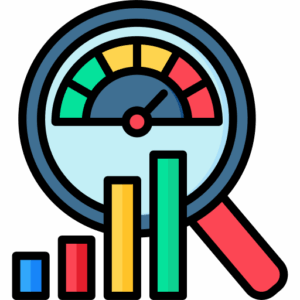
Time horizon to level up
Most teams can move from Established to Mature in six to twelve months. The lift is not more meetings, it is embedding leverage roles and professionalizing the machinery around them.
Connection to the bigger framework
This rung is the step from functional to scalable. Established proves you can run the operating system. Mature proves the operating system can run itself.

Take the assessment
Your leadership team already has a level. The question is whether you know it, and whether you know what it takes to move up
The ExecOps Maturity Assessment shows you exactly where you stand today and the next moves to build speed, alignment, and leverage. Take the assessment, learn your level, and get a clear path to the next rung.
Mature
At this stage the operating system is locked in. Cadence, dashboards, decision logs, artifacts, and leverage roles all work together as one rhythm. Decisions move fast, priorities cascade clean, and leadership capacity expands without adding headcount. The system is trusted and predictable. It is how the company runs.
The drag here is not dysfunction, it is complacency. The risk is thinking the job is done. Markets shift, scale doubles, strategy turns, and the rhythm has to flex with it.
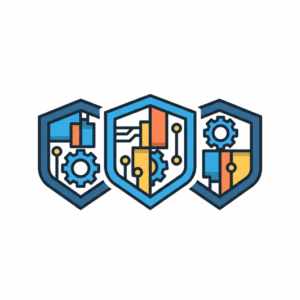
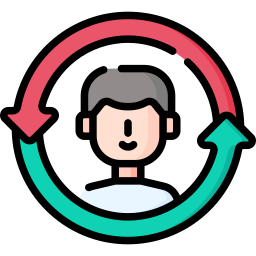
What’s the move
The move here is optimization. Measure the ROI of your rhythm by tracking decision speed, follow-through, and bandwidth freed. Flex cadence so it compresses in crisis and expands in growth. Cascade maturity into business units so the whole enterprise runs the same backbone. Position governance as part of the investor story — proof the company can scale without chaos.
Scalability & Professionalization is the system layer. Playbooks, templates, and locked-in rhythms that turn leadership muscle memory into codified practice
It trims execution drag, shrinks the clarity gap, and gives you an operating model that can hold the weight of growth
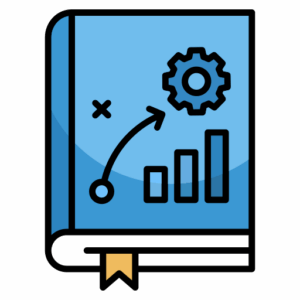

Risks of staying here
Stay here and the system dulls over time. Cadence slips, execution drag creeps back in, and leaders start to feel the weight again. Boards and investors expect continuous improvement, and standing still looks like sliding backwards.
Time horizon to level up
At Mature there is no next rung, but there is tuning. Run improvement cycles every quarter. Keep metrics on the system itself. The edge here comes from staying sharp
Connection to the bigger framework
This rung is the step from alignment to advantage. Mature is where ExecOps turns into infrastructure, like Finance or IT. At this level the operating system itself becomes part of your edge: A signal of discipline to investors and a speed advantage competitors cannot match.

Take the assessment
Your leadership team already has a level. The question is whether you know it, and whether you know what it takes to move up
The ExecOps Maturity Assessment shows you exactly where you stand today and the next moves to build speed, alignment, and leverage. Take the assessment, learn your level, and get a clear path to the next rung.
